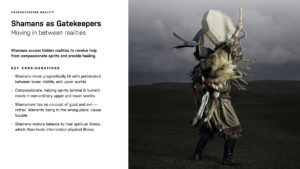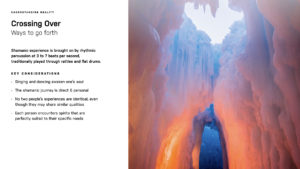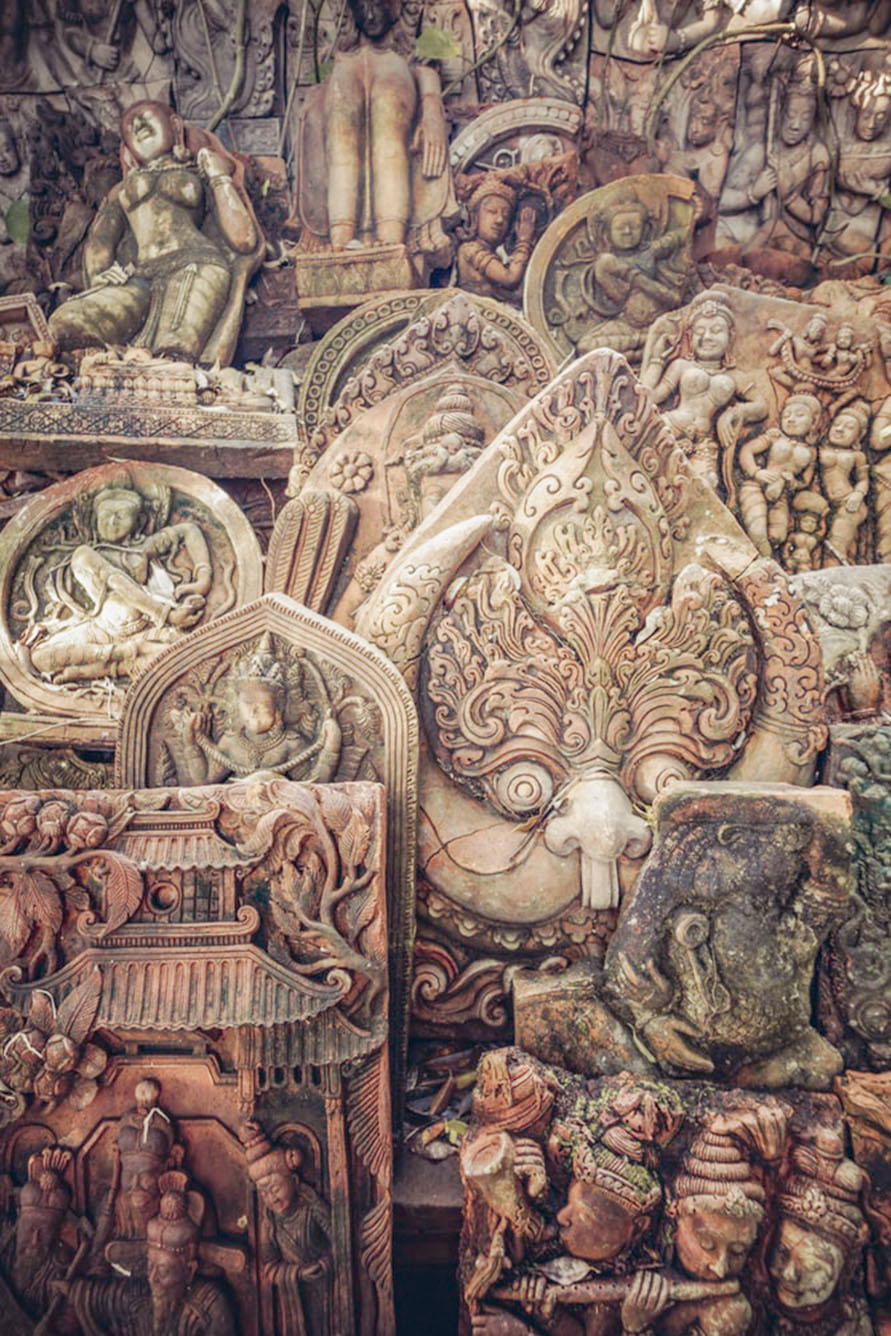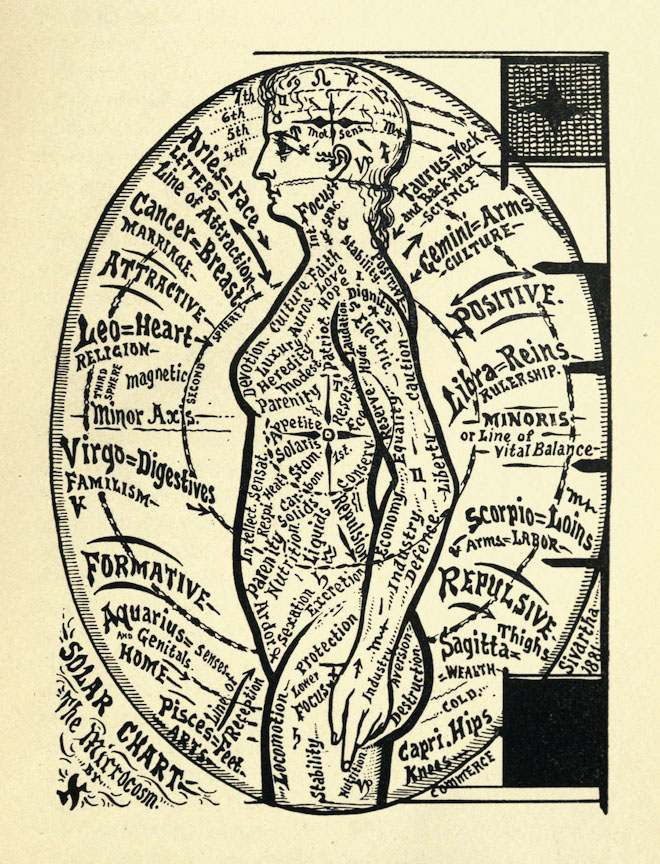
In the human body, immunity is built up typically by exposure to certain toxins or diseases. In the social body, we hope that once people are well aware of the consequences of certain decisions with adverse effects, that a similar kind of immunity will emerge. In this more aware state, society will offer people the right resources to build up strength, resilience, and adaptive ingenuity to achieve a flourishing period of integrative, holistic, and inclusive creativity.





